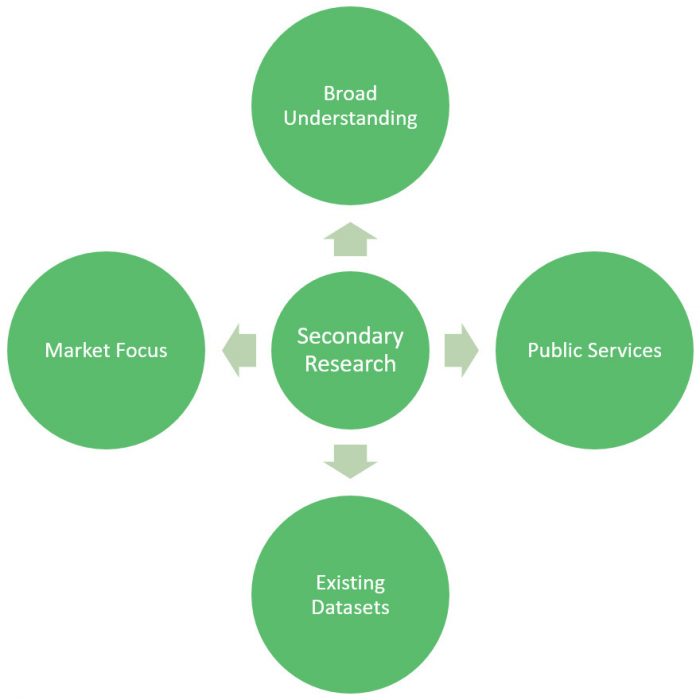Secondary research refers to the use of existing data to answer research questions or solve research problems. There are many situations where taking this approach can be of benefit, however, there are also some disadvantages which also need consideration.

Secondary research is also known as desk research, because it is undertaken by collating existing data online or from journals, books, and public sources such as government archives and libraries. The design of the research means that the researcher pulls together a range of different data samples and collates them in a systematic way to achieve their research conclusions. The aim is to examine and evaluate established patterns from previous (or a priori) sources and applies these to their own research context.
The main disadvantages of adopting this method are as follows:
Fit
Using previously collected data means it can be difficult to find the exact information you require for your study from existing works. If the focus of your work is close to that of an existing work, you may think that it is feasible to use. However, you may find that some of the variables you need are missing or out of date in the data (e.g., Income, or other characteristics).
Availability
When considering the use of secondary data, it is important to identify whether the data you need (based on participants, number of cohorts, and other variables) is available in your field of study. Frequently secondary data is required that is not available, meaning that primary data must be used despite its own disadvantages.
Relevance
Using a secondary dataset means ensuring that the data is relevant, in other words if the units of measurement are not the same as those desired by the researcher, or the concepts applied differ in any way from those needed by the work, secondary data can have a lack of relevance to a new study. Using data that is not entirely relevant can be a major disadvantage of secondary data.
Accuracy / Dependability
Opting for secondary data may seem like a cost and time effective method of gathering the data you need for your study, but it is important to assess the source of the data and thus how valid and reliable it may be. In other words, this disadvantage can be that the source is not viable which puts any conclusions drawn by your own study into question.
Sufficiency
It can be tempting to choose secondary data, but an important disadvantage is that there may be insufficient levels of data to answer your own research questions. In other words, before choosing to follow the secondary research route it is vital to ensure that there is sufficient data in the field to meet your needs.
Clearly, there are some major disadvantages to using secondary research, however, if the data collected is assessed for viability, dependability and fit to the current research work, it can still be a major benefit for your own work. Now you can also read about the advantages of secondary research. If you need help selecting and analysing secondary data for your project or dissertation, get in touch today!